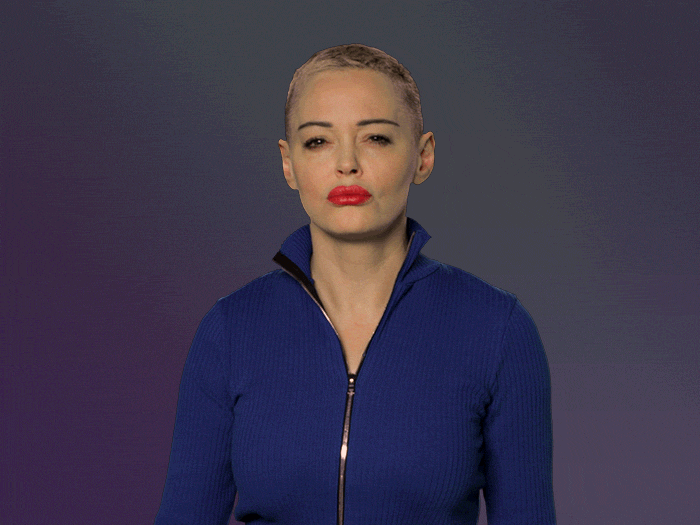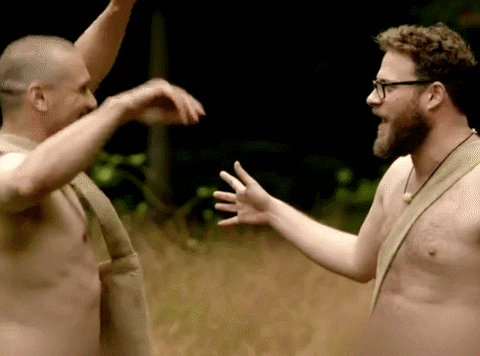- Joined
- Mar 3, 2014
- Messages
- 57,511
- Reaction score
- 21,592
For week #5 the club selected The Platform (2019).

Premise: A vertical prison with one cell per level. Two people per cell. Only one food platform and two minutes per day to feed. An endless nightmare trapped in The Hole.
Director: Galder Gaztelu-Urritia

Starring: Ivan Massagué

Trivia:
(via IMDB)
Members: @the ambush @Cubo de Sangre @Dirt Road Soldier @MusterX @sickc0d3r @Tufts @Zer @newjerseynick
Honorary tags: @chickenluver @JayPettryMMA @europe1 @the muntjac @HenryFlower

Premise: A vertical prison with one cell per level. Two people per cell. Only one food platform and two minutes per day to feed. An endless nightmare trapped in The Hole.
Director: Galder Gaztelu-Urritia
Starring: Ivan Massagué
Trivia:
(via IMDB)
- According to Galder Gaztelu-Urrutia, the two prisoners sitting naked in a bath tub are the script writers, David Desola and Pedro Rivero.
- The movie establishes 6 meters (more or less 20 feet) height per level. Since that is revealed at the end of the movie that The Pit has 333 levels, it's 1,998 meters (6,660 feet) deep. Including level 0 and final basement after level 333 (a space in black about three levels height), The Pit is 2,022 meters (6,740 feet) deep.
- Since there are 333 cell levels and there are 2 prisoners in every cell, the total number of prisoners is 666. So the prison is basically hell itself.
- The last level is 333. According to numerology, 333 signifies answered prayers, a message from a guardian angel, or an ascended master.
- Goreng is like a Christ figure in some respects, and Miharu's child at the end (as "the message") is the Holy Spirit.
- The protagonist is named Goreng; goreng means "fried" in Indonesian/Malay, giving even further clues into where he is: in hell.
- In the Kabbalah and in Thelema, the number 333 is associated with a demon named Choronzon and its name first appeared in the Enochian magick writings of John Dee during the 16th century. Known also as "the dweller in the Abyss," he is believed to be the last great obstacle between an adept and enlightenment and it is said that if he is met with proper preparation, then his function is to destroy the ego, which allows the adept to move beyond the abyss of occult cosmology. This process is very similar to what occurs in the film.
Members: @the ambush @Cubo de Sangre @Dirt Road Soldier @MusterX @sickc0d3r @Tufts @Zer @newjerseynick
Honorary tags: @chickenluver @JayPettryMMA @europe1 @the muntjac @HenryFlower
















